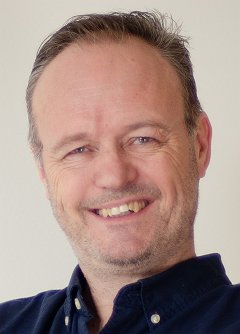Emergent development practices in medium-sized digitalization efforts run by Norwegian governmental agencies
Investments in information technology are considered important and prevalent in all public agencies. Although there is official support for agile development practices, agencies have discretion to choose their own development practices. A central funding program provides some common standards and basis for comparing digitalization programs in otherwise diverse public agencies. The goal of this study was to identify common development practices in the Norwegian public sector, and specifically how these emerged in the absence of a central mandate for adoption of agile methods.
I conducted document reviews and twelve semi-structured interviews with central participants at six successfully completed projects at diverse government agencies that were partly funded by a central funding agency in the Norwegian government. All of of these were subject to requirements for articulated objectives, budget compliance, and reporting.
The interviews covered the entire development lifecycle, with particular emphasis on those factors interviewees considered important for the success of the project or as a barrier to success.
Certain consistent themes emerged: Development practices included active stakeholder management throughout the entire cycle, collaborative design methods were consistently applied, teams had access to the organization’s resources,the teams were thoughtfully assembled, and priorities were subject to continuous review and renegotiation. While these are consistent with agile practices, none of the organizations systematically implemented an agile framework, which suggests that agility emerged from the work rather than being mandated from the top. In spite of stringent quantitative business cases upfront, realized benefits were mostly couched in terms of improved mission realization (more transparency, better service quality, more equal treatment) than efficiency. The largest cited single risk factor for these projects was the risk of outside interference, supporting the agile value of autonomy.
The findings support the benefits of agile practices, albeit introduced organically at the team level; in particular, maintaining an external focus on both stakeholders and end users, being motivated by the organization’s mission, and ensuring team autonomy.
These are rich and involved findings that need to be better informed by existing literature, to enable require further analysis and synthesis and possible contribution to theory.
Wed 21 SepDisplayed time zone: Athens change
11:10 - 12:00 | Session 3IDoESE Doctoral Symposium at Sonck Chair(s): Maria Paasivaara LUT University, Finland & Aalto University, Finland Experts: Robert Feldt and Carolyn Seaman | ||
11:10 25mDoctoral symposium paper | Towards Unveiling Effects Of Human Factors Within Security Risk Assessment IDoESE Doctoral Symposium | ||
11:35 25mDoctoral symposium paper | Emergent development practices in medium-sized digitalization efforts run by Norwegian governmental agencies IDoESE Doctoral Symposium | ||
Opponent: Bettina Lehtelä
